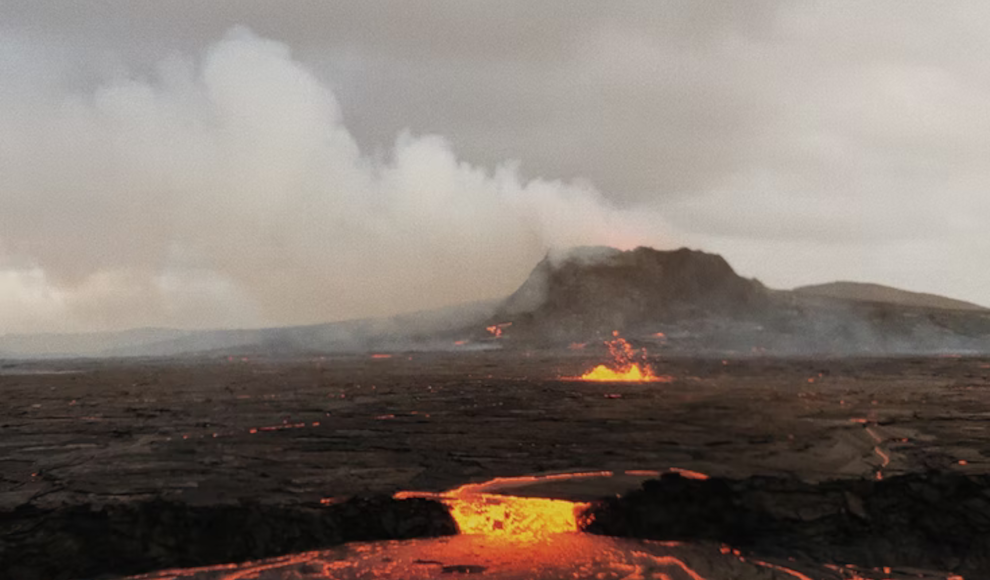The largest volcanic eruptions in Earth’s history have puzzled geoscientists for years. Flood basalts have covered entire continents with lava and drastically altered the planet’s climate in a short amount of time. However, analyses of the massive lava flows reveal a paradox: the timing of the volcanic eruptions and climate change do not match up. Scientists from Columbia University have now published a possible explanation for this apparent contradiction in the journal Nature Geoscience. They suggest that the kilometer-thick lava flows on the surface only occur late in a volcanic eruption, while the carbon dioxide emissions that cause climate change enter the atmosphere much earlier. This theory is based on computer simulations of two flood basalts that triggered a warming pulse long before the eruptions: the Deccan Traps in India 66 million years ago and the Columbia River flood basalt in the United States 16.5 million years ago.
According to Xiaochuan Tian and W. Roger Buck, the low density of the upper crust of the Earth is the explanation for this phenomenon. The first 15 kilometers of the Earth are lighter than the magma in the deeper layers. However, this changes over time as the magma rises several kilometers and spreads laterally in magmatic channels. The magma releases heat to the Earth’s crust, which becomes softer and allows the molten rock to continue to flow in magmatic channels. This process leads to the formation of more and more horizontal basalt channels in the upper crust, making it increasingly heavier. Eventually, the embedded basalt makes the crust so heavy that the molten rock in the deeper layers rises and erupts as a flood basalt on the surface. The simulations of the two flood basalts also show that the solidifying magma releases not only heat but also gases. The carbon dioxide emissions in the magmatic channels are sufficient to explain the early onset of global warming. According to the authors, the phase with the highest temperatures occurred 200,000 years before the actual eruption of the volcanoes. While the eruptions did release more carbon dioxide, they were not enough to cause additional temperature records.
In conclusion, the study sheds light on the complex relationship between volcanic eruptions and climate change. The findings suggest that the timing of volcanic eruptions and climate change is not as straightforward as previously thought. The research also highlights the importance of computer simulations in understanding geological phenomena that occurred millions of years ago.










